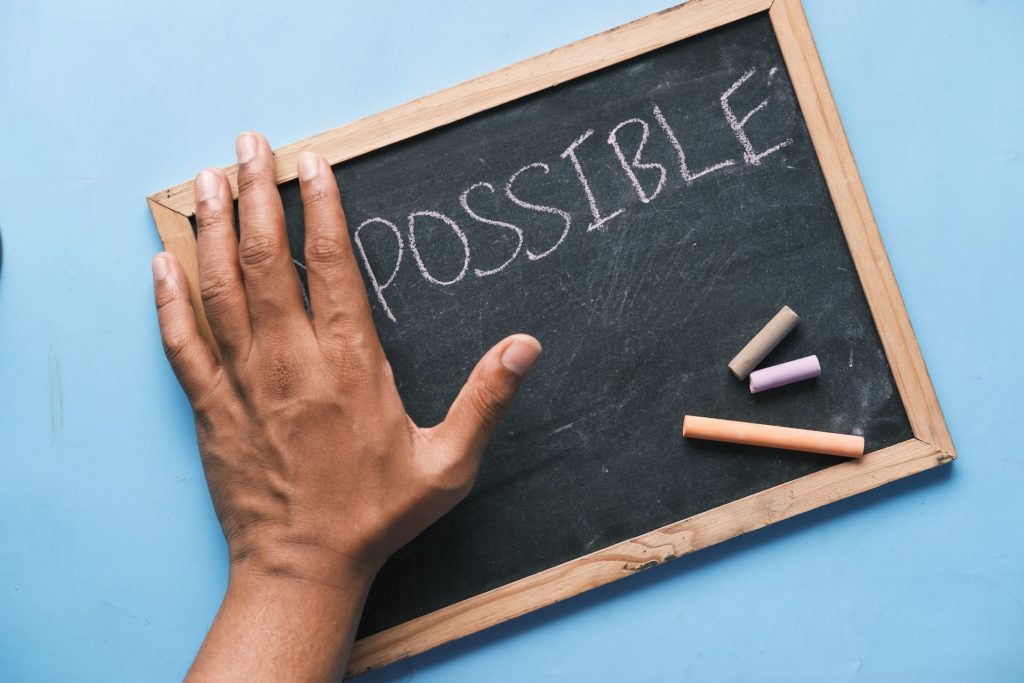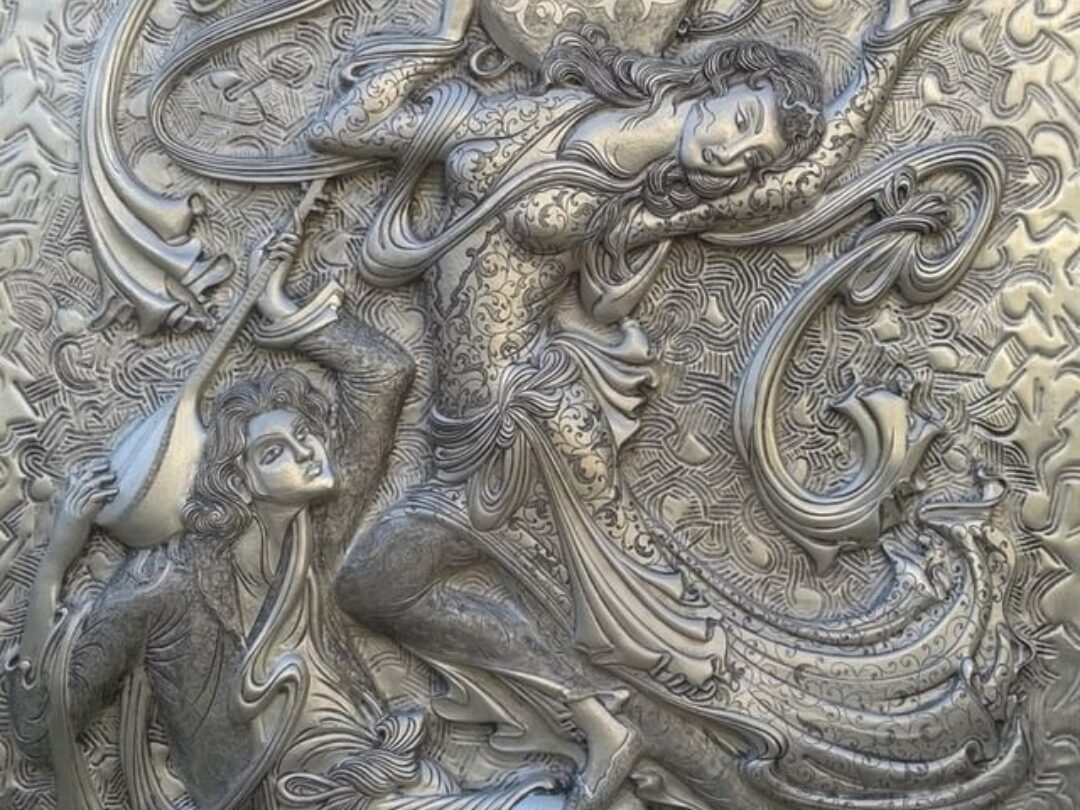
If you’re an Islamic geometry enthusiast like me, you know that there are a few hurdles that can make this art form a bit tricky to navigate.
It really breaks my heart when someone stops practising or creating because they feel overwhelmed. And if you feel that way, this blog post is for you.
Here are the top 5 challenges of Islamic geometry and how to overcome them.
1. Free resources
Let’s face it, finding resources on Islamic geometry can be a bit of a challenge. In fact, there are a lot of free resources, it’s just difficult to find them. But don’t despair, I have created The complete guide to Islamic geometry. From free tutorials to online forums, there are tons of ways to connect with other Islamic geometry artists and get the support you need.
It may seem a challenge at the beginning but this point is the easiest from our “top 5 challenges of Islamic geometry” to overcome.
2. Complexity
Islamic geometry can be complex and intimidating, especially if you’re just starting out. But don’t let that stop you!
We, as human beings, tend to go straight to complex designs because we are eager to create something mind-blowing. And if you are not ready for it, it will just bring overwhelm and in the end, you would stop creating, trust me.
Start by learning the basics and working your way up to more complex designs. There are plenty of resources available that break down the construction process step-by-step, making it easier to understand and apply, like my courses.
3. Patience
Patience is key when it comes to Islamic geometry. As with any skill, it takes time and practice to improve and develop your abilities. However, in the case of Islamic geometry, patience can be particularly challenging due to the intricate and complex nature of the patterns.
To overcome this hurdle, it’s important to approach Islamic geometry with a mindset of dedication and perseverance. Set aside time each day to work on your designs, even if it’s just for a few minutes. Slowly build up your skills and abilities over time, and don’t get discouraged if you don’t see immediate results.
(Psst… if you are a procrastinator like me read my blog post “How to stop procrastinating and start with that Islamic geometry course”
Another way to develop patience when working on Islamic geometry is to focus on the process rather than the end result. Instead of rushing to finish a design, take your time and enjoy the process of constructing each line and curve. Pay attention to the precision and detail required, and appreciate the artistry and beauty of the pattern as it takes shape.
4. Precision
Precision is an essential aspect of Islamic geometry. Every line, curve, and angle must be meticulously measured and constructed to create a harmonious and balanced design. Even the slightest mistake can throw off the entire pattern, making precision crucial to the success of any Islamic geometric design.
To overcome this challenge, make sure to take your time and work carefully. It’s important to approach Islamic geometry with a methodical and detail-oriented mindset. Start by using high-quality tools such as a ruler and compass to ensure that your lines and angles are precise. Find my full list of tools and supplies I use here.
Take your time with each step of the construction process, and check your work frequently to ensure that you’re on track.
Sometimes it looks like a meditation session, sometimes it looks like a bomb was dropped on your desk. It’s a matter of balance, and if you really want to improve you can watch my free video tutorial “how to improve the accuracy of your geometric drawing”.
5. Fear of making mistakes
Fear of making mistakes can hold you back from trying new designs and experimenting with different techniques which are essential for developing your skills and expanding your creativity. But remember, mistakes are a natural part of the learning process, and making them is okay.
To overcome the fear of making mistakes, it’s helpful to approach Islamic geometry with a growth mindset. Instead of focusing on perfection, focus on progress and improvement. This may sound very hypocritical after I’ve blattered about precision on point 4 of this blog post. But believe me, recognise that every mistake is an opportunity to learn and grow and that each design is a stepping stone towards developing your skills and precision will come with time.
Another way to overcome the fear of making mistakes is to practice mindfulness and self-compassion. Acknowledge any negative thoughts or emotions that arise when you make a mistake, and then let them go. Treat yourself with kindness and patience, and remember that everyone makes mistakes.
With each mistake, you’ll gain a better understanding of the construction process and improve your skills, ultimately leading to more successful designs and greater confidence in your abilities.
So there you have it, folks! The top 5 challenges of Islamic geometry and how to overcome them. With patience, practice, and a willingness to learn, you can master the art of Islamic geometric designs and create stunning designs that are both beautiful and meaningful. Happy constructing!
***Affiliate Disclosure: This blog post contains affiliate links which means that I may earn a small commission – at no extra cost to you. This helps to support my work so that I can continue to make valuable free content for you.***
Top 5 challenges of Islamic geometry and how to overcome them
April 12, 2023



+ show Comments
- Hide Comments